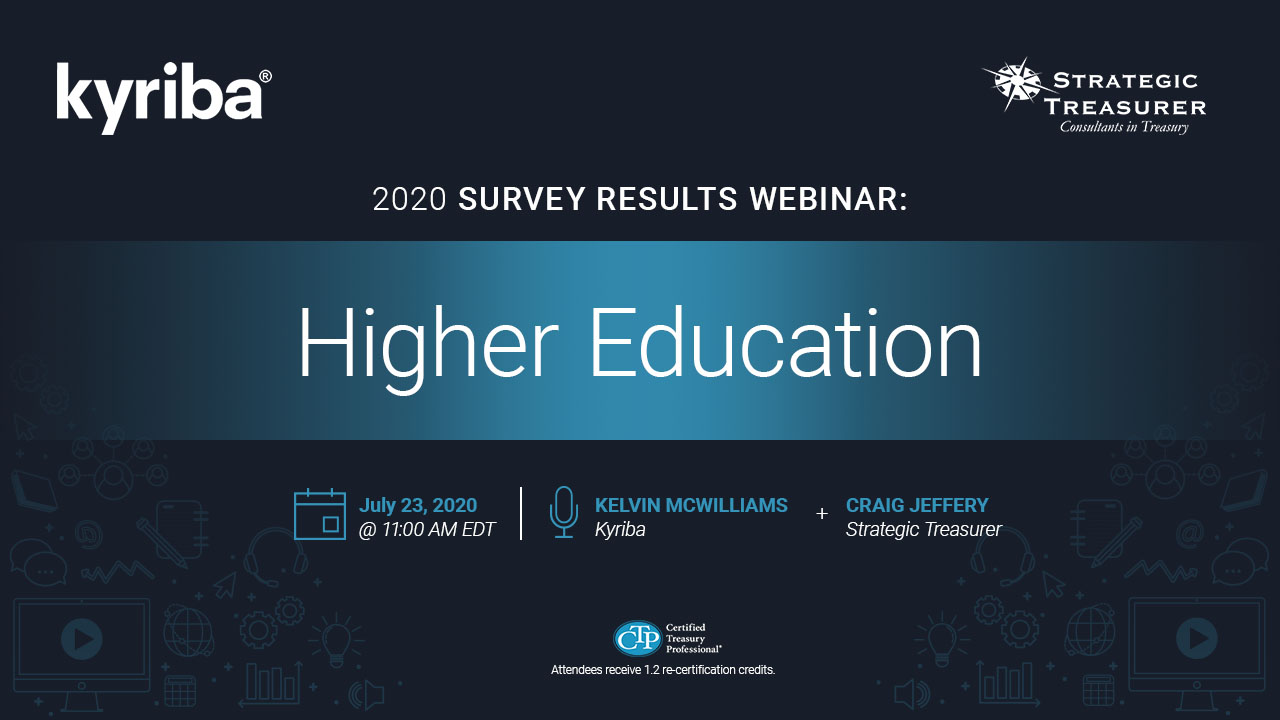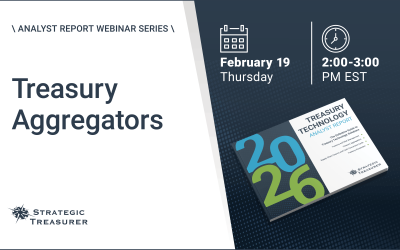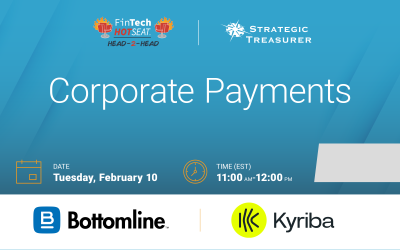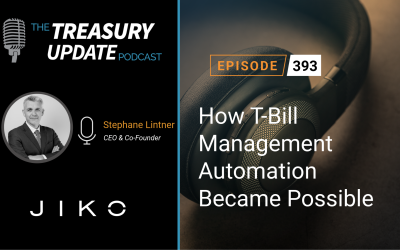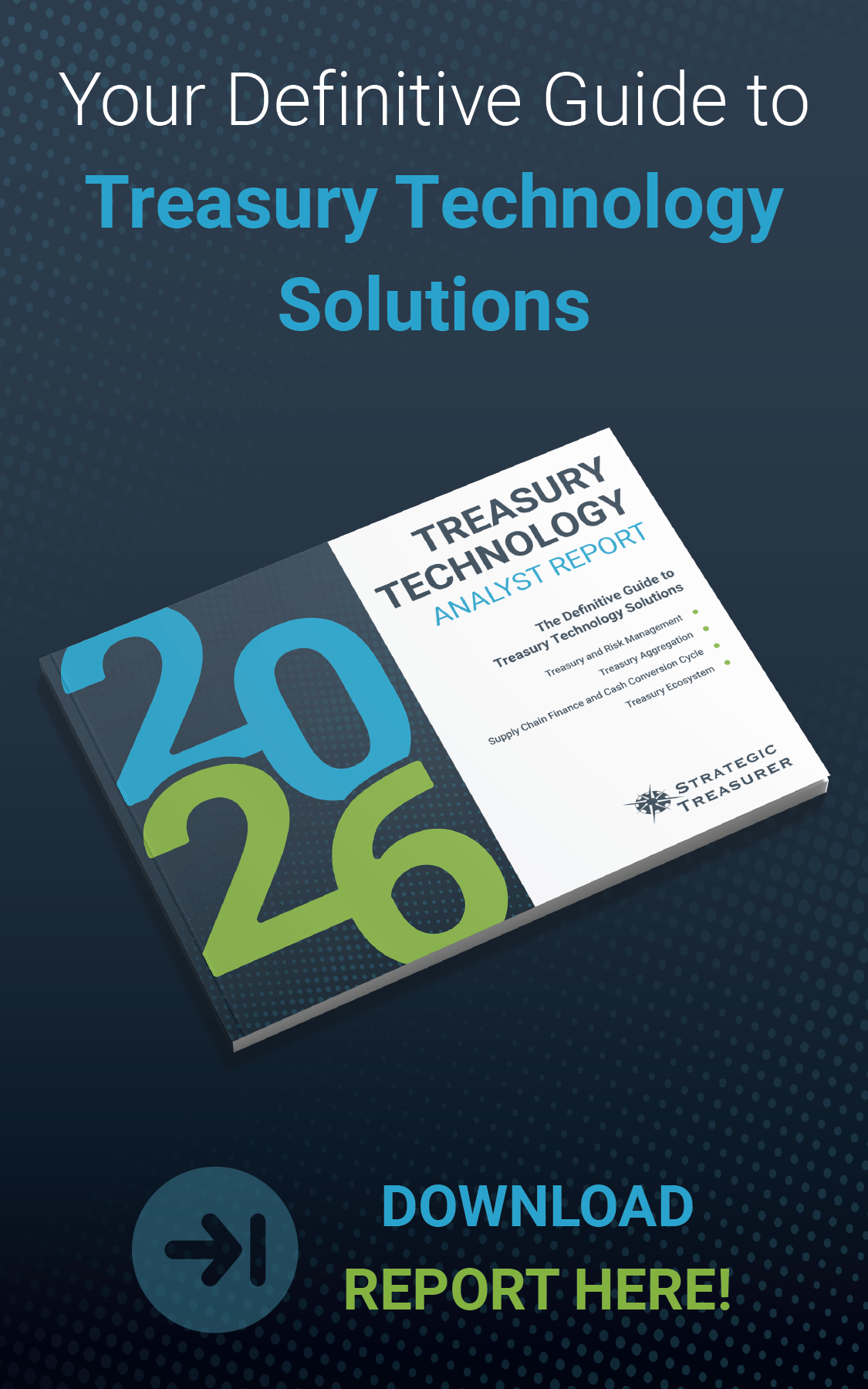Join Craig Jeffery of Strategic Treasurer and Kelvin McWilliams of Kyriba for a webinar on insights and tips for bursars and higher education treasury practitioners from the 2020 Higher Education survey results.
Higher Education: 2020 Survey Results Webinar
Date: Thursday, July 23, 2020
Time: 11:00 AM-12:00 PM EDT
Where: This is an online event.

In this webinar, Craig Jeffery of Strategic Treasurer and Kelvin McWilliams of Kyriba will use the results to show how the higher education industry differs from other industries and provide some insight and tips for bursars and higher education treasury practitioners.
While this webinar is targeted for those in the higher education industry, it is open to anyone who is interested in trends in the higher education industry.
If you encounter any issues with this webinar replay, please contact our team.
Download the webinar deck here:
You may also be interested in:
Webinar: Treasury Aggregators | February 19
Treasury aggregators (TAs) play a critical role in unifying bank connectivity, payments, and internal systems through a centralized interface that reduces operational complexity. This session will review the current TA landscape and examine how organizations are using these solutions to streamline connectivity, standardize data, and enhance compliance across diverse banking environments. Attendees will also learn how emerging technologies are shaping the next generation of TAs, supporting faster payments, real-time data visibility, and more intelligent decision-making within modern treasury operations.
Fintech Hotseat Head-2-Head: Corporate Payments
This Head-to-Head session will allow solution providers to demonstrate how their offerings address a variety of corporate payment challenges.
#393 – How T-Bill Management Automation Became Possible (Jiko)
In this episode, Craig Jeffery talks with Stephan Lintner of Jiko about the transformation of T-bill investing. They explore how risk, technology, and market structure have converged to enable real-time liquidity, seamless automation, and direct access to short-term government securities, all without sacrificing control.

